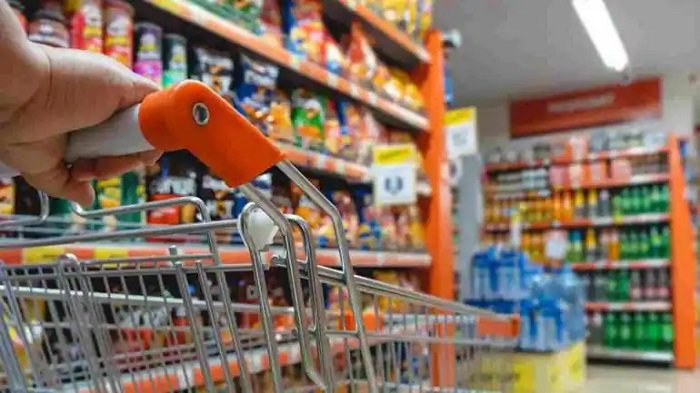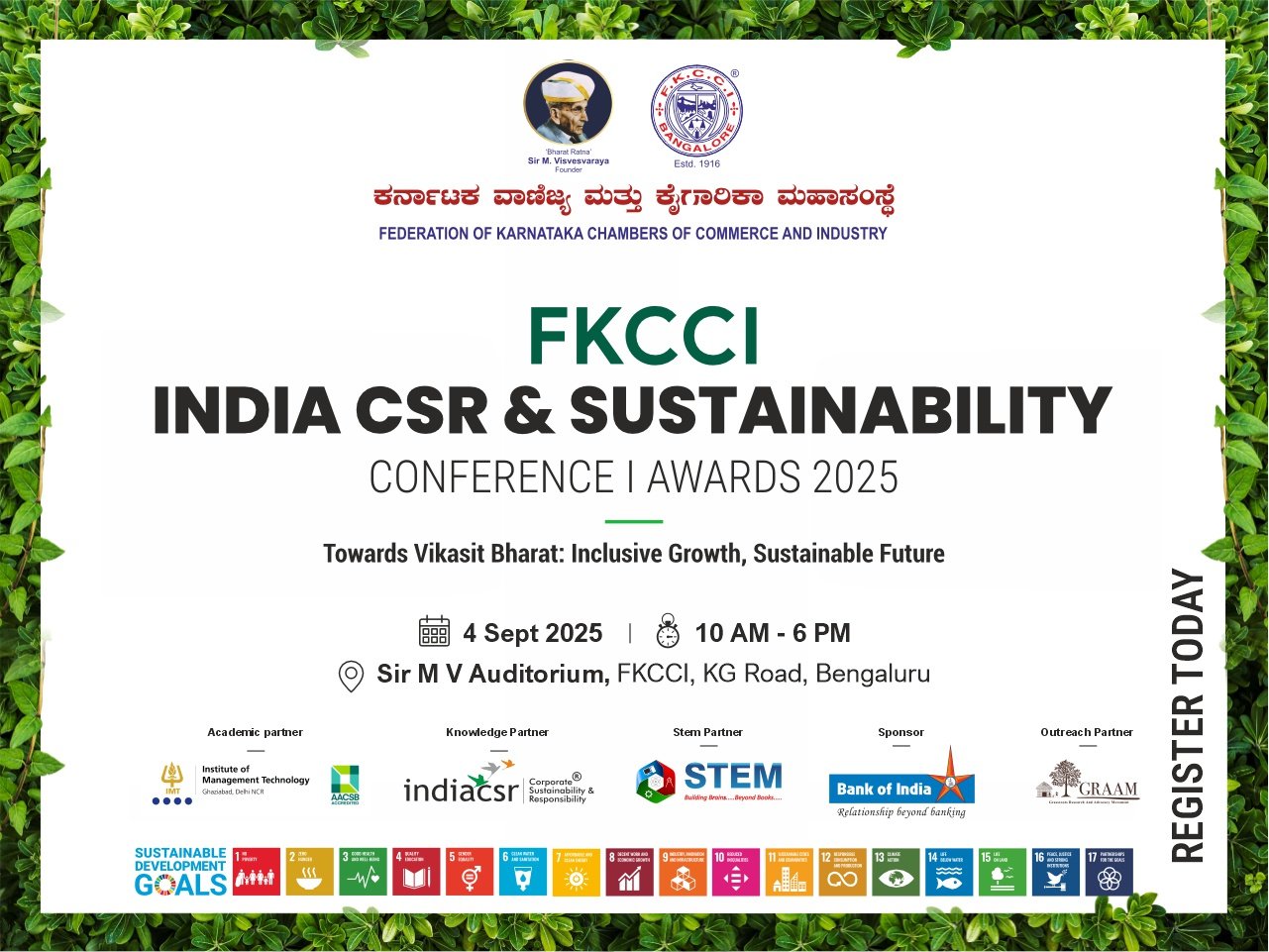NEW DELHI: India’s fast moving consumer goods (FMCG) sector is witnessing a slowdown in consumption as companies hike prices across categories to adjust for high input costs.
While the sector clocked 6% growth in the January March quarter over last year due to price increases, sales volumes dipped by 4% — the highest in the last three quarters — due to consumers tightening their purse strings. The slowdown has also led to an increase in exit of small manufacturers in the quarter (5. 3%) as they were finding it difficult to pass on the higher input costs to the consumers.
“From labour shortage to skyrocketing fuel prices, input costs for manufacturers are at an all-time high. This has severely impacted margins,” said Radhey Shyam Dixit, CMD at Ananda Dairy.
Overall FMCG volumes were pulled down largely by price-sensitive rural markets that bore the brunt of higher price increases (11. 9% in rural versus 8. 8% in urban). Rural consumption dipped more than 5% during the period as categories such as refined and non-refined edible oil, vanaspati, packaged atta showed 15% price increase, according to a NielsenIQ report.
“In continuation from last year, macro-economic indicators are still guiding consumption patterns for the Indian consumer, and they are feeling the impact of the price increase, especially in the food and essentials categories,” said Satish Pillai, MD, India, NielsenIQ.
The overall volume degrowth, however, is significantly higher in non-food categories (-9. 6% for non-food, -1. 8% for food). Within foods, impulse items beat the slowdown blues with volume growth of 1. 5%, as consumers have turned to smaller packs of salty snacks, chocolates and confectionery.
Sanket Ray, president for India and Southwest Asia for Coca-Cola, told TOI that the beverage giant has witnessed more Indian households opting for multi-packs to address increased consumption occasions instead of large single units that were the norm earlier. Sales channels such as modern trade showed signs of stabilisation with volume growth of 5. 3%, while traditional trade witnessed -4. 9% volume degrowth, led by a shift towards smaller packs. E-commerce, too, clocked a growth of 5. 6%.
“Although global macro factors persist, the impetus by the government, if supported by the normal monsoon, would be encouraging. Within this environment, retail trade continues to be optimistic, and traditional trade shopkeepers have maintained stock levels, as well as assortment,” said Pillai. (Times of India)





















